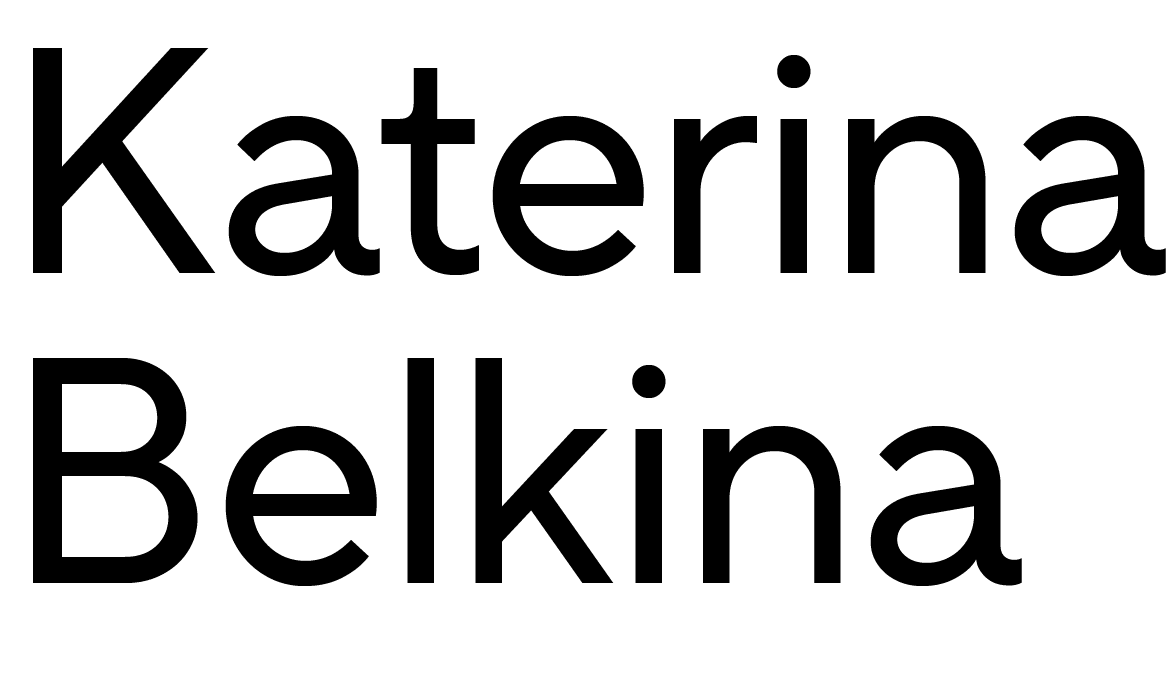Figurative art finds itself in a completely different situation today, especially from a Eurocentric view on art, than before the 19th and 20th centuries, when it was autonomously present almost exclusively in this culture. Perhaps it was modernism and its attendant stylization, then abstraction, and finally the complete dematerialization of art that liberated it, giving it the possibility of a new potential mission, just as in the existentialist view, the lack of stakes stemming from absurdism gives the individual freedom (over one’s sense of mission).
Within figurativeness, we can think of a representation of the most clearly human, belonging to the fauna or flora, or even anthropomorphizing something else, a representation condensing the totality of inanimate or living, recognizable elements into a so-called landscape, be it distant and natural or near and material. However, figurativeness itself is not a matter consisting of merely a "yes-no" formula, yielding in many cases to partial abstraction, dubious representation, conscious and unconscious, but definitely decisive croppings.
It is worth bearing in mind the ambiguous and almost contradictory meanings of the Latin rooted term “figurative”: it can mean the real, representational, and the metaphorical as well.
Looking back at our earlier historical periods, in retrospect we assume at least relatively clearly the relationship between the individual and society, and the emphasis on one or the other. One of the significant turning points, for example, may have been the era of the Renaissance, when the individual gradually began to become important (in the circles that made this possible) already during his mundane life, hence the possibility of the Faber Mundi, "Creator of the world" attitude in contrast to the feudal and ecclesiastical system enhancing the viator mundi, "pilgrim of the world" attitude towards life. Much later, the worldviews belonging to socialism promised to sacrifice individual interests for public interests. Today, the peaceful coexistence of individual and community, private and public, man and landscape are an almost fundamental issue, questioning the possibility or possible necessity of partially giving up one for the other.
Andrea Katalin Gulyás's works separately illustrate the dysfunction of forced systematization (in organic and inorganic cases) and the intensification of individual liberation from it into an almost mass phenomenon, but also the subtle transfer of a natural wayfinding into the private, material space. Among the digitally overpainted photographs of Russian-born, working in Germany Katerina Belkina, one can see an escape from the greyishly gloomy landscape of residential and industrial landscapes that can be easily understood from an Eastern European viewpoint, but also a depiction of ordinary, private life heightened to publicity. Completely different forms of flight and escaping can also be seen in Szabolcs Szolnoki's brooding, static interior, as well as in his dynamic, action-like scene playing out in the nature, and even in the joining of the two: in a static, paradoxically outdoor, and even more outward-looking underpass perspective. Márta Czene's episodic, yet narrative composition suggests an individual’s vulnerable contact with one's immediate environment already in its visuality. Domonkos Benyovszky-Szűcs in his works is paying tribute to John Baldessari, associating individuals who later committed suicide, but known for expanding normatively private situations with an objective yet emotional sounding dimension (colors and their official name). Tayler Patrick Nicholas’s strongly approximate, childlike still life paintings filled with objects, point to a truly human, comfortable private environment, not showing any human figure.
The works featured in the exhibition reflect primarily on the individual (and the community), the private (and the public), the human (and landscape) through various approaches, tools and measures of figurativeness, suggesting their simultaneously dichotomous and interdependent duality.
Artists
Katerina Belkina
Domonkos Benyovszky-Szucs
Márta Czene
Andrea Katalin Gulyás
Szabolcs Szolnoki
Patrick Tayler
Venue
Faur Zsófi Gallery
25 Bartók Béla Road
1114 Budapest
Hungary
Opening speech: TAYLER Patrick Nicholas
Date: Wednesday, 04.12.2024, 6 pm
The exhibition can be viewed between 04-20.12.2024 and 06-23.01.2025 every weekday, between 12-18 in the gallery.

